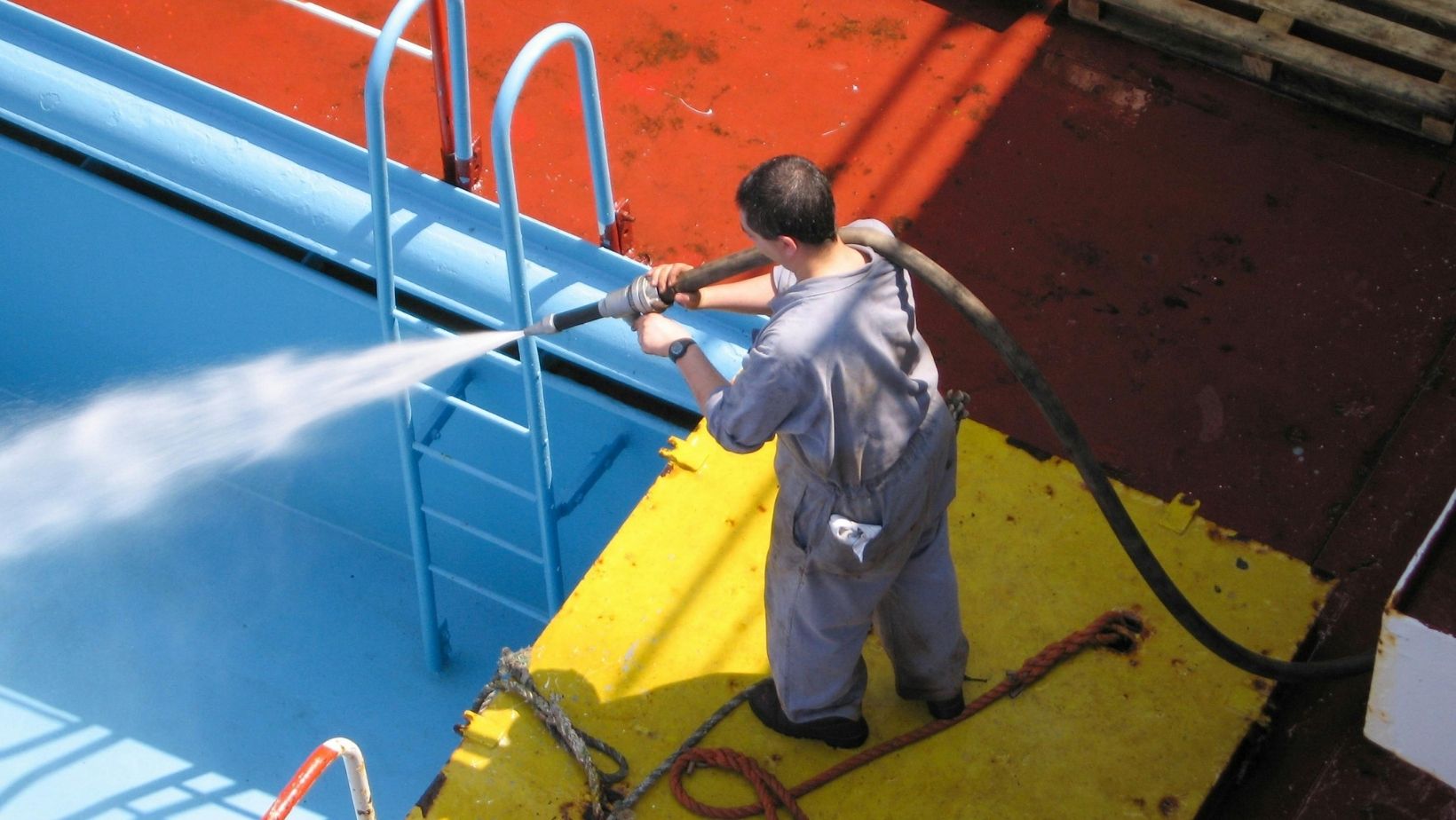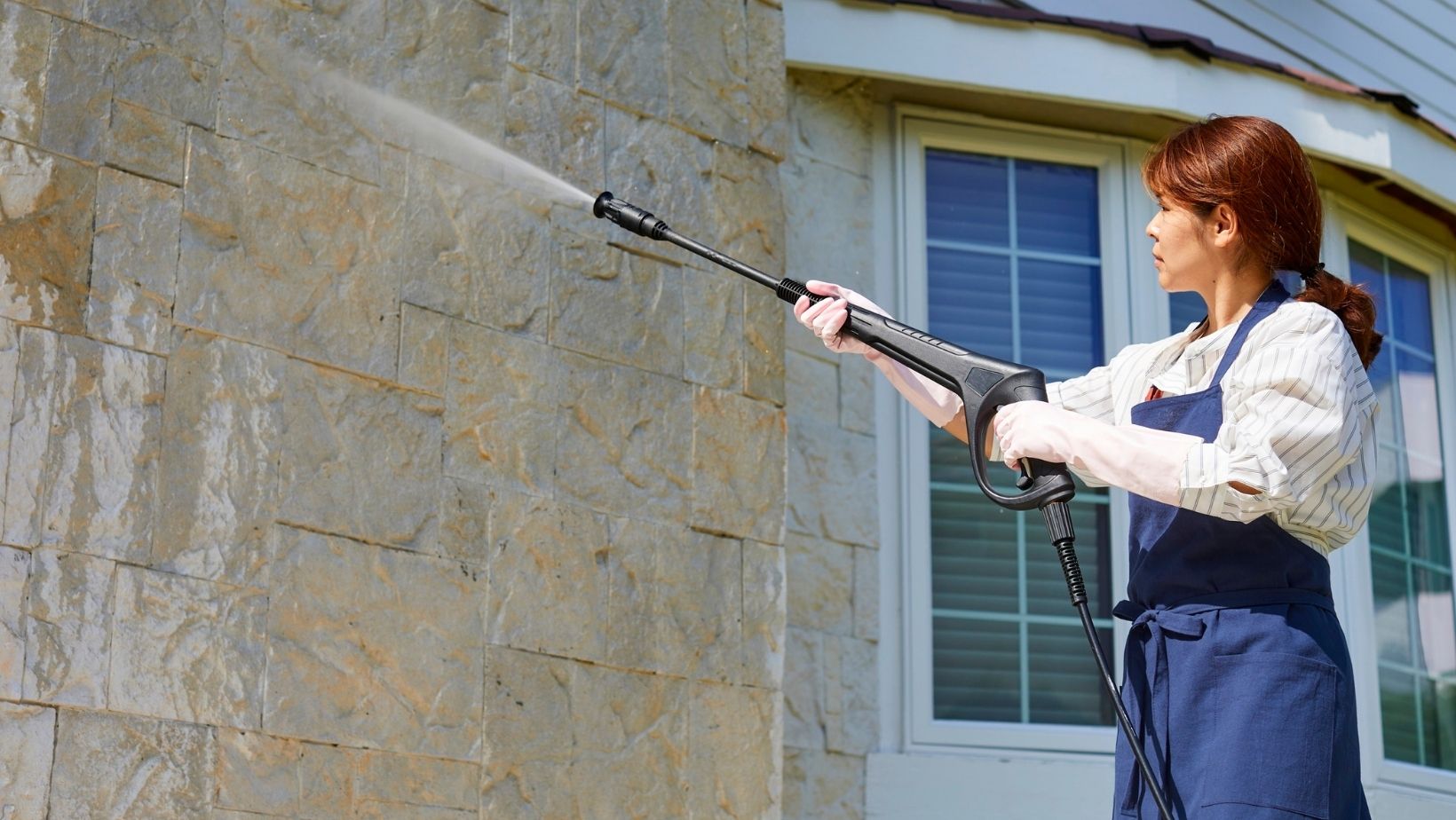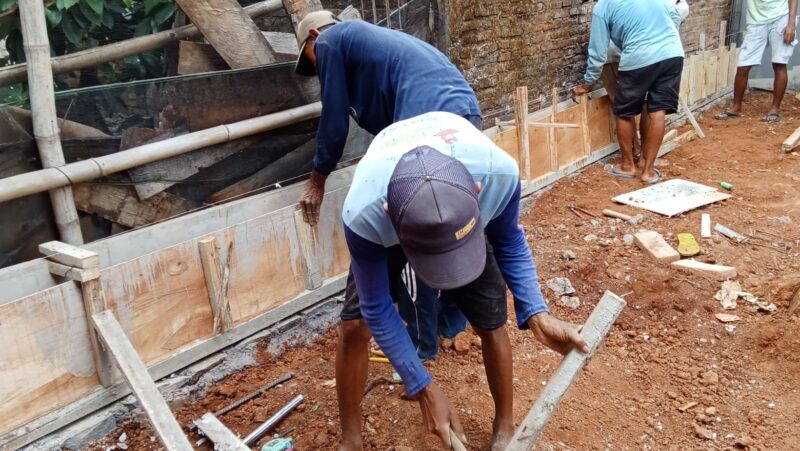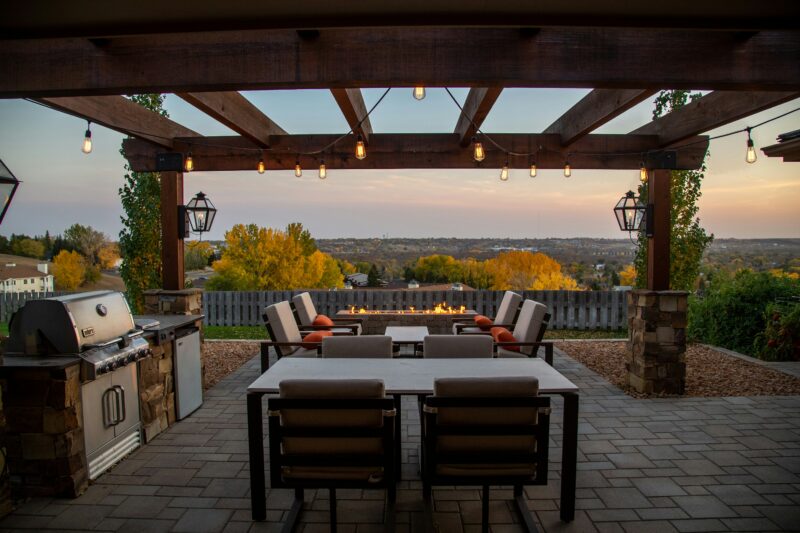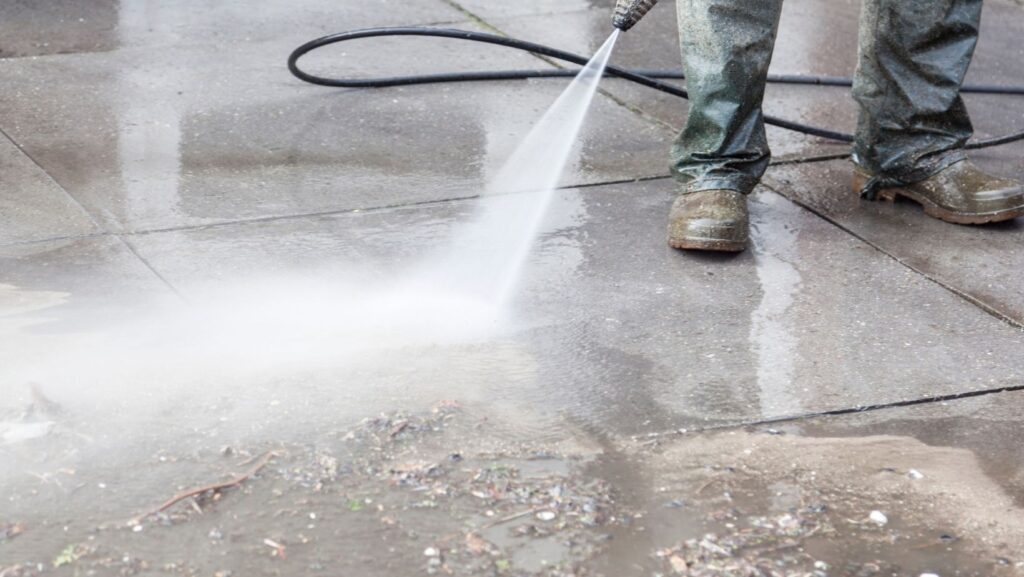
Water pressure might not be something homeowners think about daily—until it becomes a problem. Whether it’s a weak shower stream that turns your morning routine into a hassle or pipes that groan from excess pressure, understanding your home’s water pressure is crucial for both comfort and plumbing health. In this post, we’ll break down why water pressure matters, what causes it to fluctuate, and how to fix common issues.
Why Water Pressure Matters in Your Home
Water pressure is the force that pushes water through your pipes and out of your fixtures. It’s typically measured in pounds per square inch (PSI), and the ideal residential water pressure falls between 40 and 60 PSI.
Here’s why it’s important:
- Daily Convenience: Low water pressure can make basic tasks—like washing dishes, showering, or running appliances—frustrating and inefficient.
- Plumbing System Health: Excessively high pressure can wear down your pipes, fixtures, and appliances prematurely, leading to leaks or bursts.
- Water Efficiency: Inconsistent pressure can waste water and increase utility bills.
Common Causes of Water Pressure Problems
Understanding the root of pressure issues is the first step toward fixing them. Here are some typical culprits:
1. Clogged Pipes
Mineral deposits, rust, and debris can build up over time, restricting water flow.
2. Faulty Pressure Regulator
Most modern homes have a pressure regulator. If it’s broken or improperly set, it can either reduce pressure too much or allow it to spike.
3. Leaks in the Plumbing
Even a small leak can lead to a noticeable drop in pressure.
Leaks waste water and should be fixed promptly.
4. Municipal Water Supply Issues
Sometimes, the problem isn’t inside your home. City supply systems can affect your pressure due to maintenance, demand, or line damage.
5. Shared Pipelines
In apartments or older homes, shared pipelines may cause a pressure drop when multiple units are using water simultaneously.
How to Fix Water Pressure Issues
Solving water pressure problems depends on their cause. Here are a few proven methods:
1. Install or Replace a Pressure Regulator
If your home lacks a pressure regulator, installing one can balance high pressure. If it’s already installed and malfunctioning, a replacement may be necessary.
2. Clean or Replace Fixtures
Sometimes the problem is at the end-point. Aerators, showerheads, and faucets can accumulate mineral build-up that affects flow.
3. Fix Leaks Promptly
Inspect exposed pipes and check for damp spots on walls, ceilings, or under sinks. A qualified plumber repair service can help locate and resolve hidden leaks efficiently.
4. Flush Your Plumbing System
Sediment from old pipes or water heaters can obstruct flow.
Flushing your water lines can clear minor blockages and improve pressure.
5. Check Your Main Shut-Off Valve
Ensure the valve is fully open. Sometimes, during maintenance or repairs, it may not be completely reopened.
6. Install a Booster Pump
In cases of consistently low municipal pressure, a water pressure booster pump can increase flow to your home.
When to Call a Professional
While some DIY fixes like cleaning fixtures or checking valves are manageable, more complex problems—like replacing a regulator or detecting underground leaks—require a professional touch. They can more precisely identify issues with your water line and advise whether repair, replacement, or another solution is needed. A trusted plumber repair service can perform a comprehensive diagnostic and recommend the best long-term solutions.
Conclusion
Water pressure plays a vital role in your home’s comfort, efficiency, and plumbing health. By understanding how it works and how to address issues promptly, you can avoid bigger problems down the line. Whether you’re dealing with a trickle in your shower or a pressure surge that puts your pipes at risk, knowing when to troubleshoot and when to call a pro can save time, water, and money.

